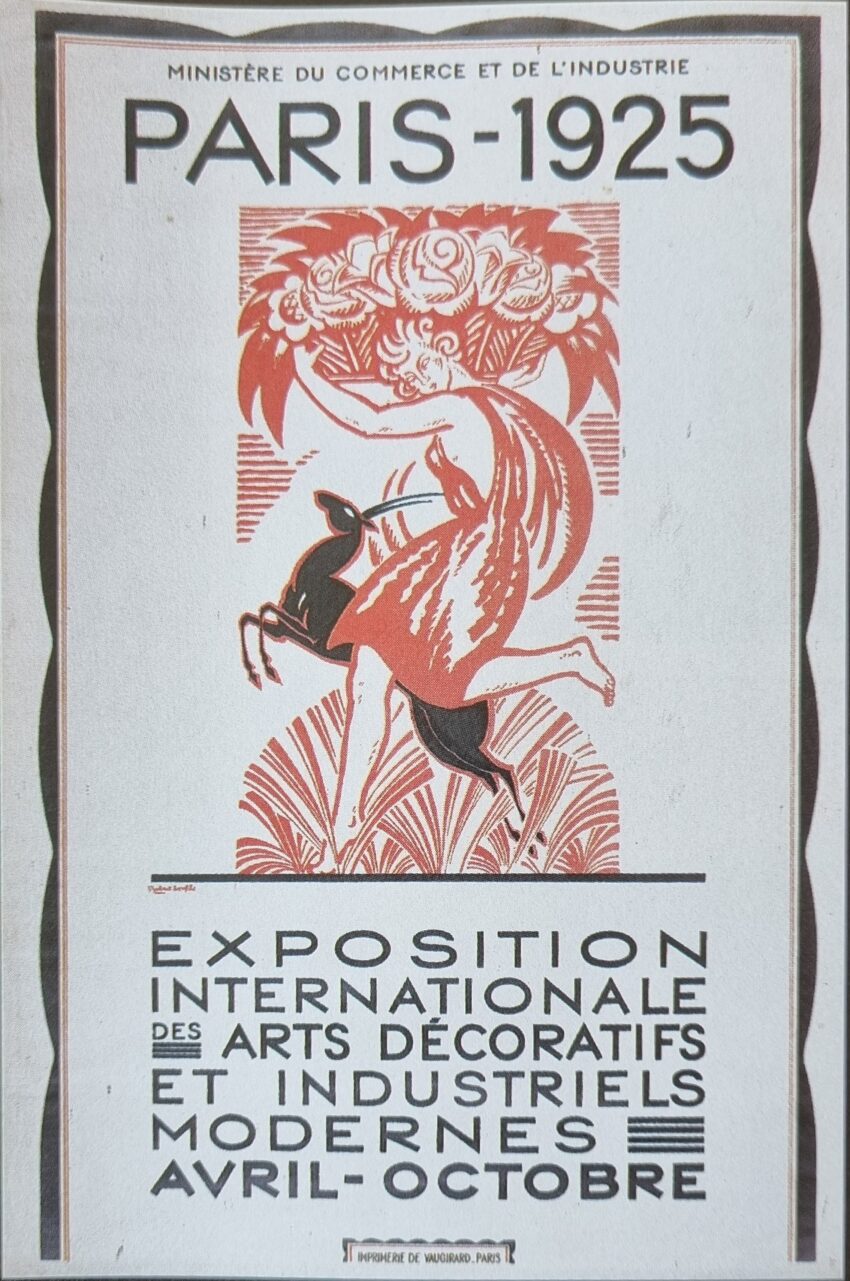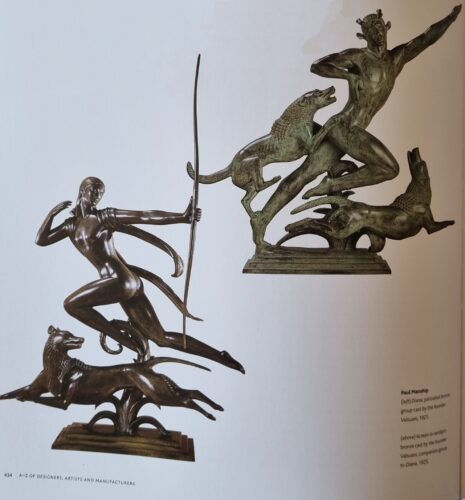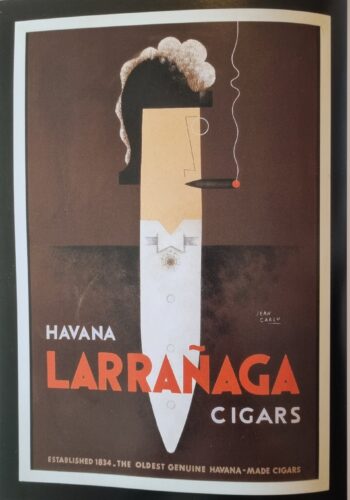I have always been drawn to Art Déco. It was the style itself that caught my eye when I noticed it in the media and in real life. To me it evokes optimism and a desire to make the world prettier through bold colors, exotic materials, and distinctive lines, not through fluff or flash, but through intentional form and texture. It made its mark not just in architecture like skyscrapers but touched everyday items – both ornamental and usable – furniture, lighting, posters, personal objects. And it left a lasting impact on all forms of artistic expression that is still present today. It’s ageless.
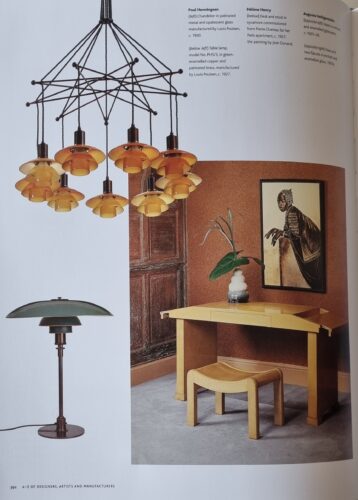
What is Art Déco
Art Déco is an eclectic design movement that flourished in the 1920s and 1930s. It was interpreted in many different forms by artists, designers and creators that embraced modernity and the positive aspects of industrial progress. Perhaps a bit paradoxically, they also drew their inspiration from mythology and ancient styles, reinterpreting them to work side-by-side with modern stylistic choices.
In the beginning, it wasn’t a formalized style, the idea of “Art Déco-ishness” came a bit later. A landmark for Art Déco was the Exposition internationale des arts décoratifs et industriels modernes in Paris in the spring of 1925, which presented a large variety of works in the modern style which helped spread its influence internationally and across continents. Communication lines being as slow as they were in the early 20th century, this also led to different interpretations of the style in the US and Europe – an interesting topic in itself.
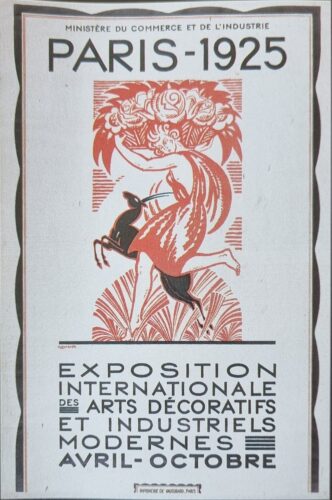
The name we now apply to the style derives from the Paris exhibition in 1925. It was not used in the 1920s or 1930s. The term “Art Déco” only entered widespread use in the 1960s (for example following the Musée des Arts Décoratifs exhibition in 1966) to describe the previously unnamed design era. Contemporaneously names used when it was in its zenith were “style moderne”, “modernist style” or simply “Le Style”.
This bold new style emphasized the use of modern materials and slick designs, combined in a functional way. Most interpretations of the style would nowadays be described as minimalistic, though Art Déco is in fact richly ornamented and not minimalistic in the modern sense of minimalism. The use of exotic materials, opulent details, mystical symbolism and intricate ornamentation, while still somehow retaining attention to geometry, all this and more lies at the core of this decorative movement.
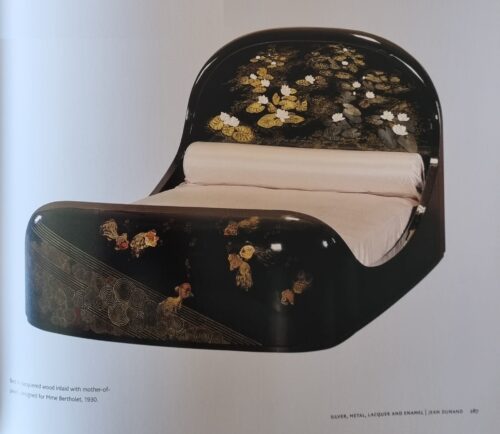
One of the bigger contradictions in the style was between luxury items, unique and hand-made for elite and cosmopolitan clientele, often depicted in movies and artworks dealing with the era, and on the other hand, mass produced items in popular materials aimed for the broader market. Streamlined automobiles, steam locomotives, kitchenware and serving sets had forms that are themselves decorative, instead of having surface ornamentation – and they look absolutely fantastic.
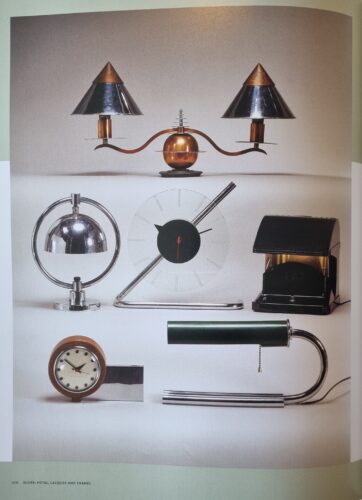
Why I love it
A quote stuck in my mind, by Emile-Jacques Ruhlmann, “To create something that lasts, the first thing is to want to create something that lasts forever.” To me, Art Déco is immortal, and one of the few styles that always looks relevant.
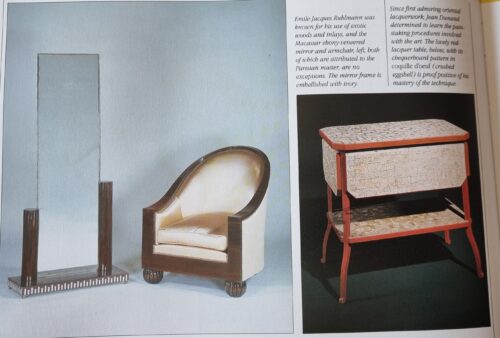
It encompasses influences from both Eastern and Western arts, from ancient Egypt to the imagined future, and from geometric to asymmetrical. This diverse style has been expressed not only in fine arts but also in sculpture, architecture, photography, fashion and industrial design. Its elegance is in the precision.
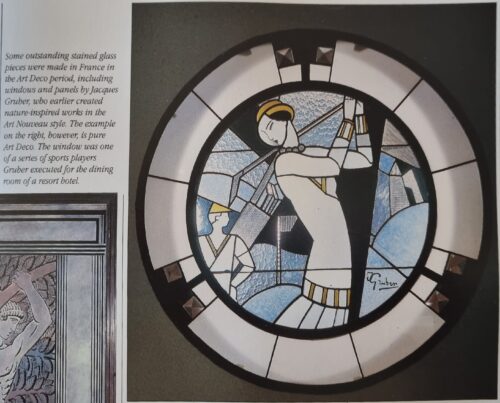
My aim isn’t just to sell items that would fill in the blank spaces of other people’s apartments. I want to infuse the sense of Art Déco into your living places, its spirit of motion and geometry, its opulence and its clean lines, its visual evocations and its scents. I want to create feelings and memories of feelings of elegance and sophistication – or at least provoke them from your past.
I’ve started with scented candles, which for me are a form of living sculpture. A lighted candle is alive, its flame is a dancer, performing a glowing waltz, spreading its light and its fragrance on the spectator.
Where I want to go is home decorations.
